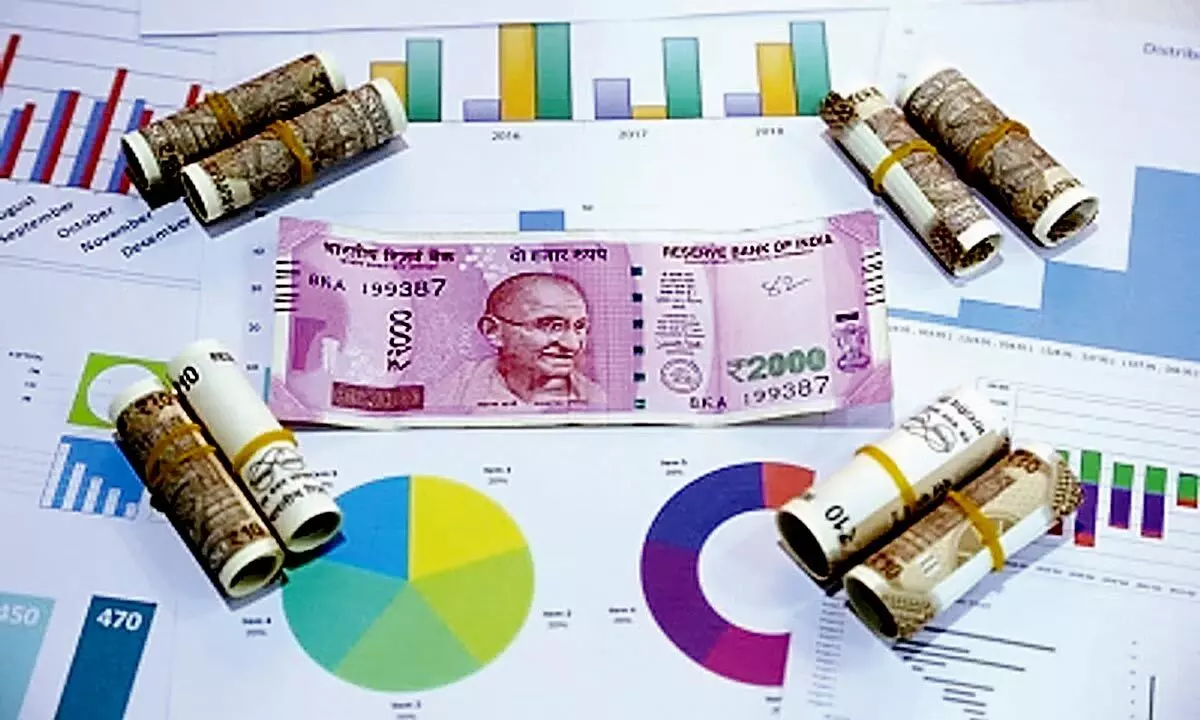Corporate credit quality improves in H1
Performance of upgraded cos improved significantly over past 3 fiscals despite severe pandemic-related disruptions; Economy expected to grow 7.3% this fiscal: Crisil Ratings
image for illustrative purpose

What's Supporting
- Strengthening domestic demand
- Higher realisations leading to better cash flows
- Continuation of debt-light balance sheets as capex remains low
Chennai: Debt light balance sheets, domestic demand and better cash flows have resulted in higher credit ratio during the first half of FY23, according to Crisil Ratings. The corporate credit ratio (upgrades vs downgrades) continues to be high, at 5.52 times in the first half of this fiscal (H1-FY23), underscoring ongoing broad-based improvement in India Inc's credit quality. The credit ratio was 5.04 times in the second half of the last fiscal (H2-FY22).
Gurpreet Chhatwal, MD, Crisil Ratings, said: "Around 35 per cent of all upgrades were from the infrastructure sector (including large realty players). Infrastructure sector is in a unique position of largely being a domestic story and generally decoupled from the global headwinds. Here, upgrades were driven by improved operating cash flows, completion of crucial project milestones and equity infusion. Over the last few years increasing share of central counterparties in infra projects has led to more predictable payment cycles providing additional comfort to credit quality."
Three reasons stand out: 1) strengthening domestic demand, with the economy expected to grow 7.3 per cent this fiscal; 2) higher realisations leading to better cash flows; and 3) continuation of debt-light balance sheets as capex remains low, CRISIL Ratings said.
The credit ratio is in line with the positive credit quality outlook Crisil Ratings had articulated earlier -- that upgrades will far outnumber downgrades through this fiscal. Credit ratings on nearly 80 per cent of the Crisil Ratings portfolio were reaffirmed, or there was no change during H1-FY23.
For the rest of the portfolio, what has changed is the upgrade rate, which increased to 16.70 per cent, while the downgrade rate was flattish at 3.02 per cent.

